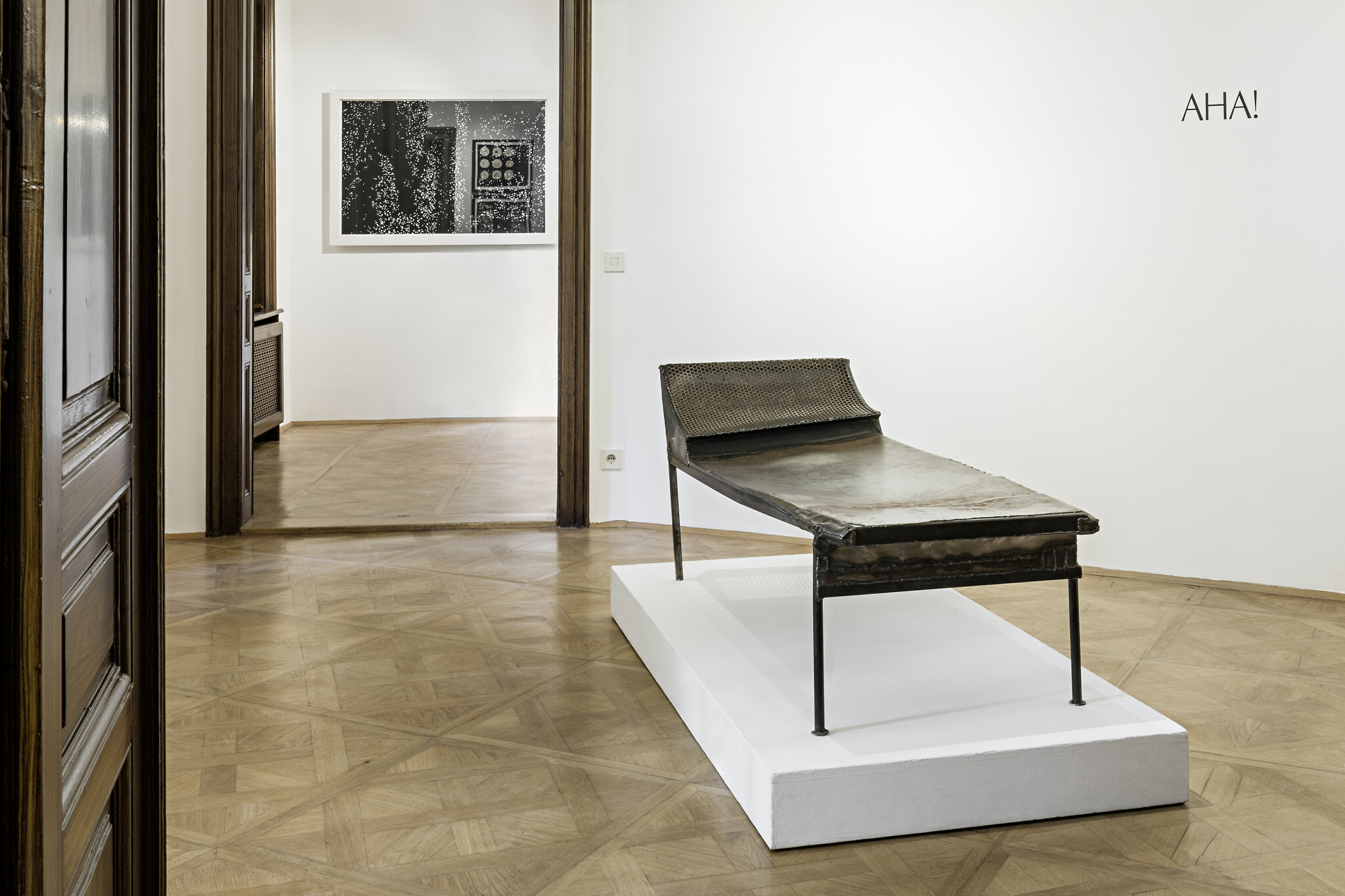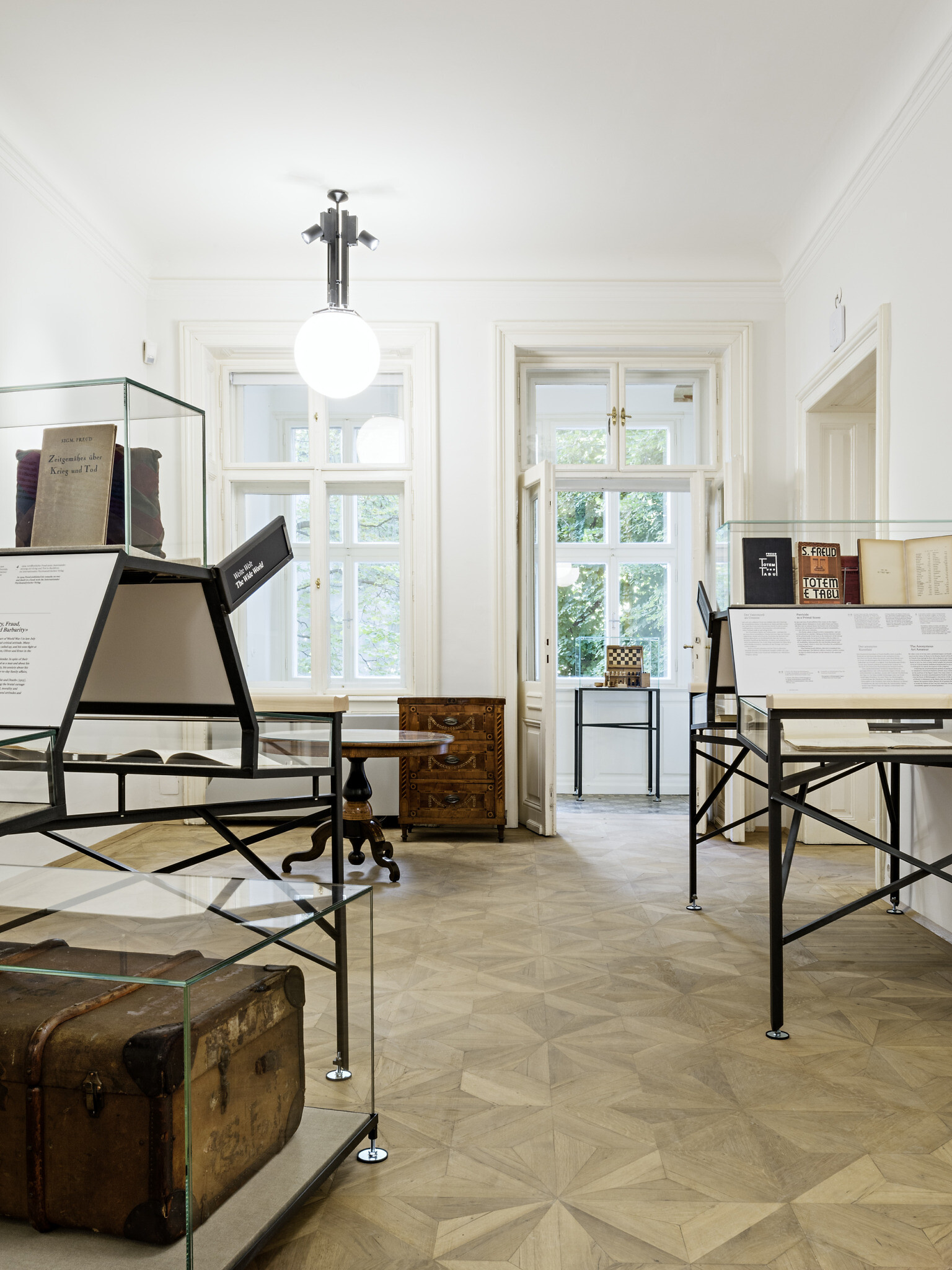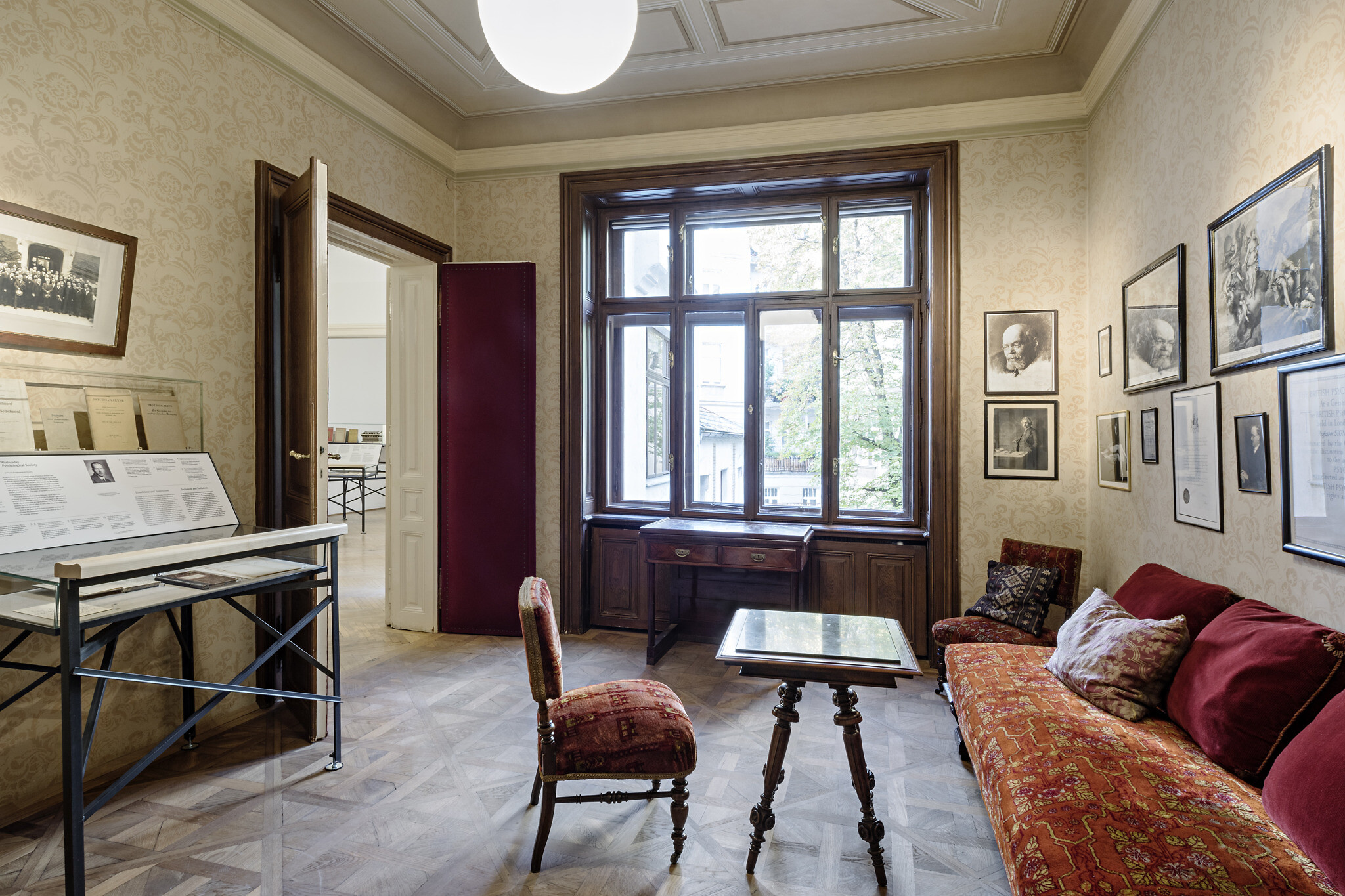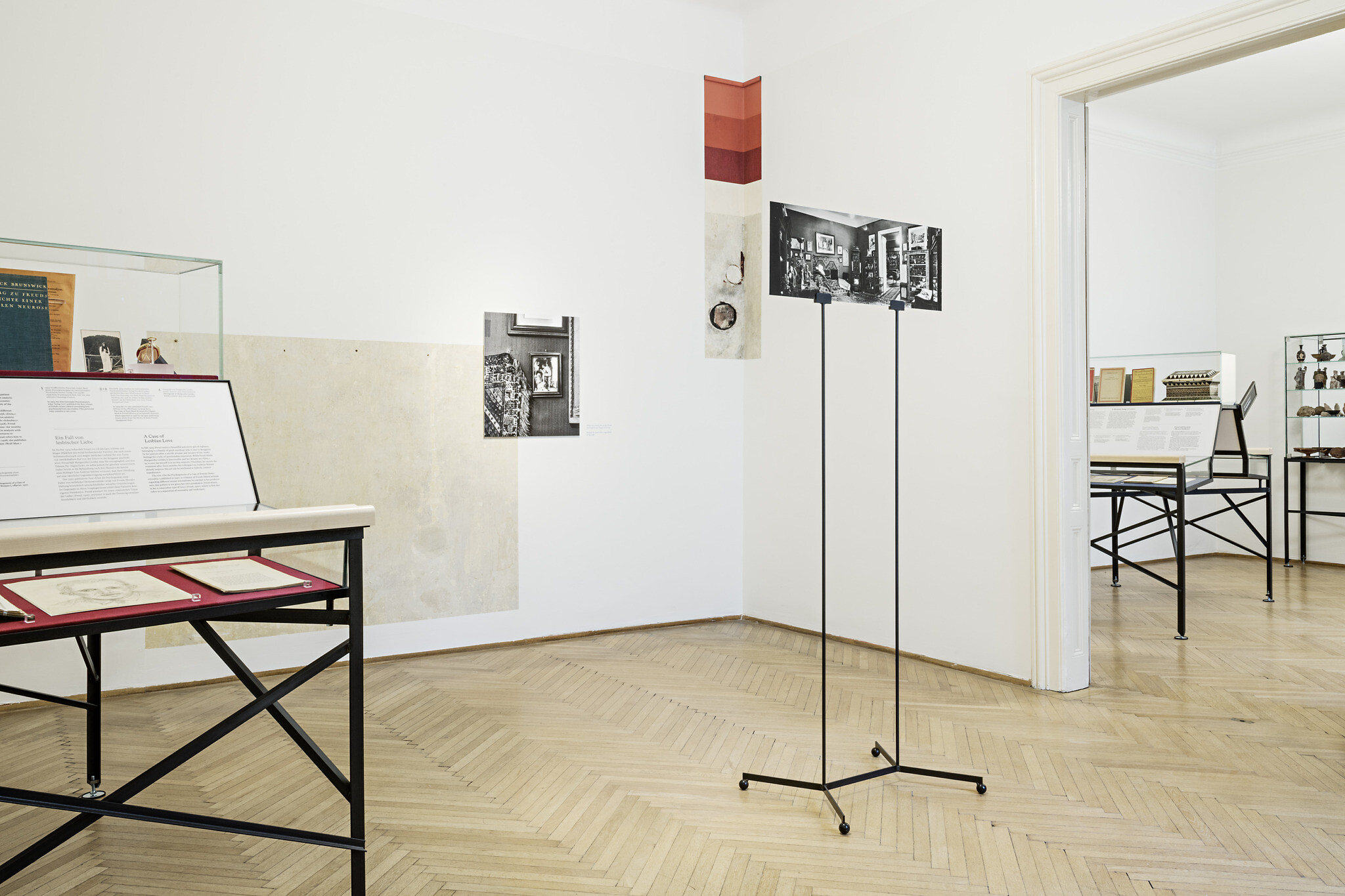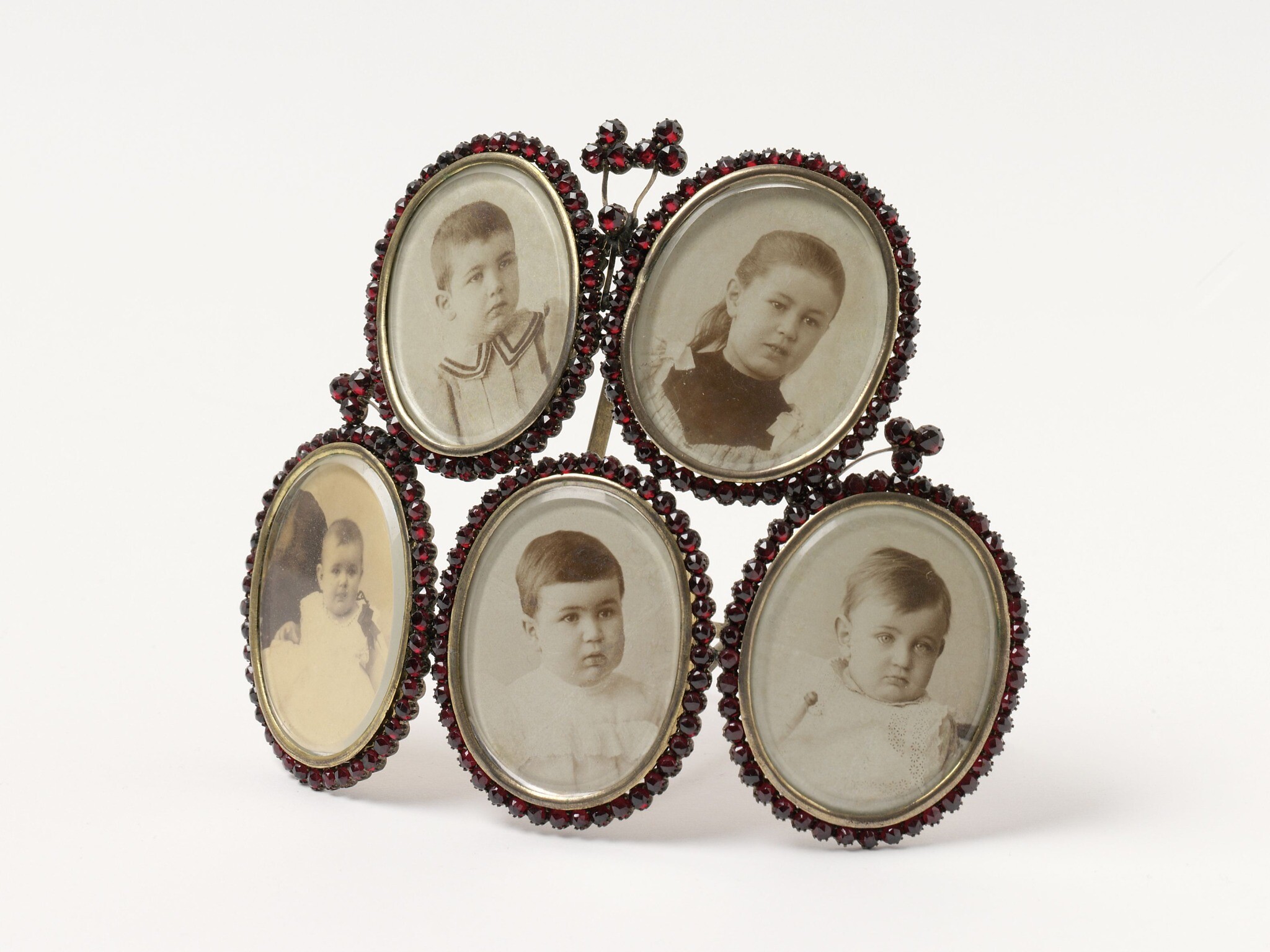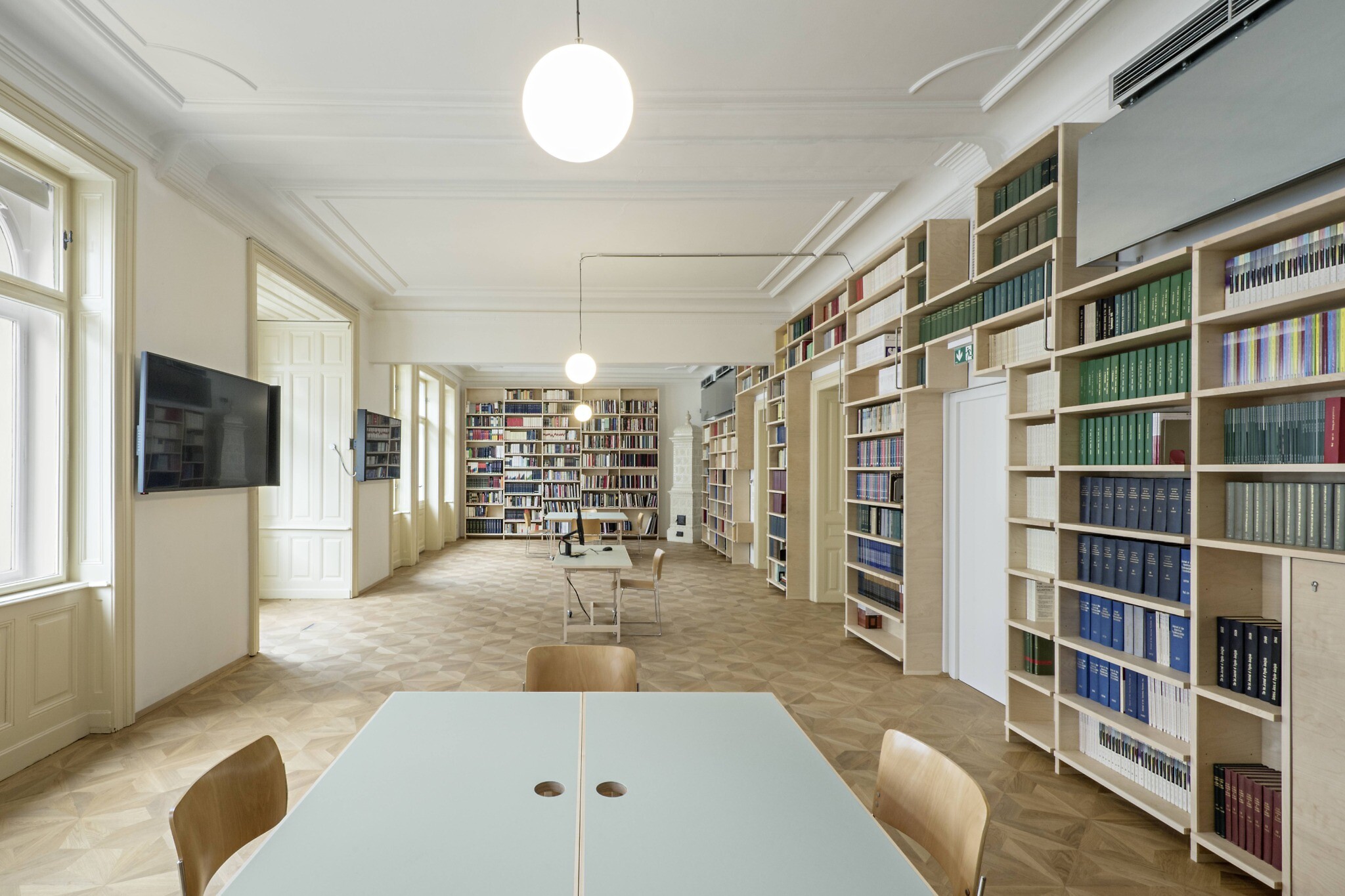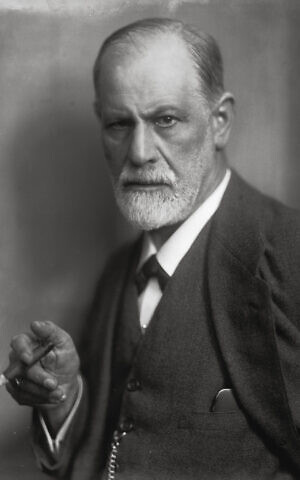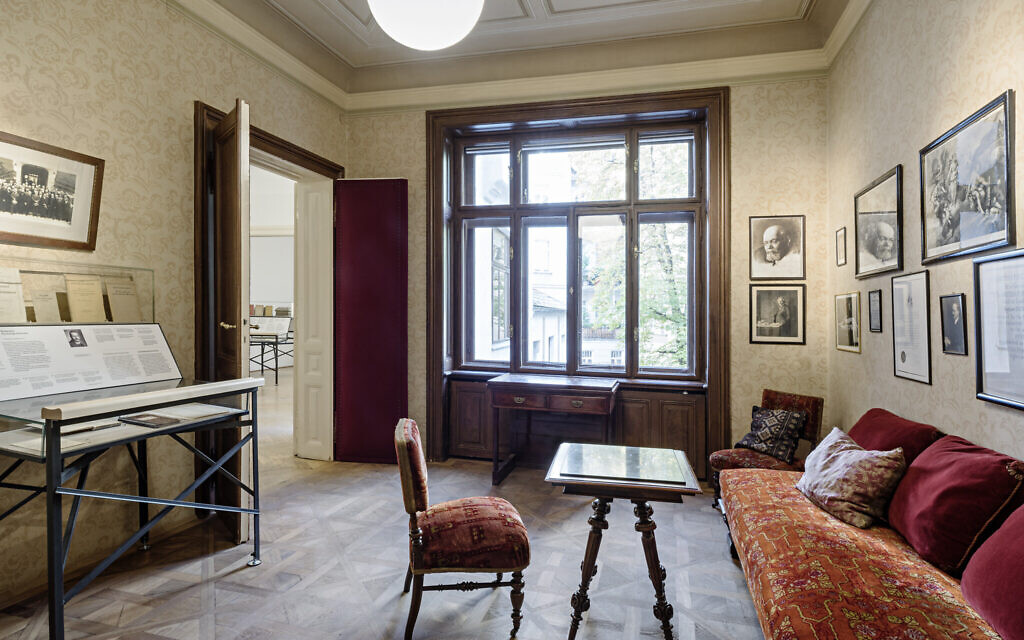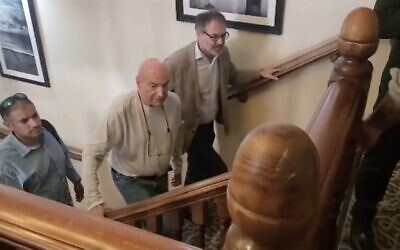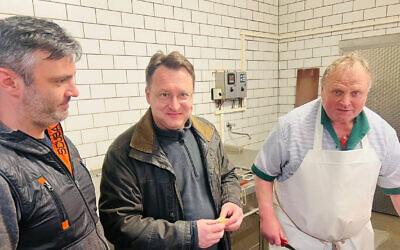VIENNA — For about half a century, the Sigmund Freud Museum in Vienna has operated at the famed Berggasse 19 address where Freud practiced and lived with his family from September 1891 until September 1938, when they fled from the Nazis who had annexed Austria in the Anschluss earlier that year.
In this middle-class five-story residential and business structure located near university buildings and the Danube Canal was Freud’s study, where he produced his extensive body of writings — from the landmark “The Interpretation of Dreams” of 1899 up through “Moses and Monotheism,” his richly debated contemplation on religious origins that he was working on before escaping the Nazis.
In another room, Freud offered psychoanalytic treatment to patients as they lay on the famous couch and made free associations or struggled to understand their dreams, with the father of psychoanalysis all the while sitting in a nearby chair.
And on Wednesday nights, Freud hosted in yet another room his practitioner colleagues and proteges who helped develop his new discipline into a distinctive and impactful branch within psychiatry and psychology.
Like other museums throughout the world, the Freud Museum faced major disruptions during the coronavirus pandemic. A long-planned renovation launched in 2019 became something of an uncanny experience, with a muted celebration marking its reopening in August 2020 after an 18-month closure.
“It was a very complicated situation,” says Peter Nömaier, the museum’s business director. “You have to imagine the construction slowed down because the workers could not go on the construction site at the same time, and the prices were going up. We were expecting to open the museum and have a full visitor income, which then did not happen for one and a half years.”
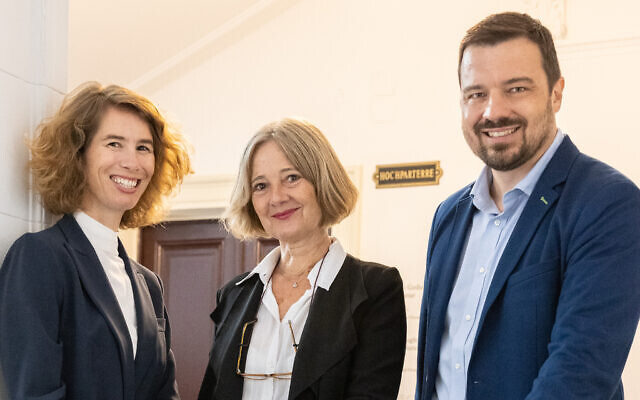
In 2023, however, the museum is a vibrant place. According to Nömaier, April was a strong month with approximately 13,400 visitors, and on a recent holiday weekend alone, it counted over 2,000. The museum has also resumed as a center for lectures and research.
Visitors now encounter a much different place than before the restoration. Museum director Monika Pessler came on board in 2014, tasked with bringing the museum up to contemporary standards on visitor ease and climate. She worked to realize not only a new design for the museum but also a new orientation expressing two historical focuses.
“On the one hand, the museum is the original birthplace of psychoanalysis,” Pessler says. “And on the second hand, it is a memorial for the Holocaust, the Shoah.”
An international jury of the museum’s board and experts conducted an architectural competition and chose architects Herman Czech and colleagues at the Vienna-based ARTEC Architekten and Walter Angoneses of South Tyrol in Italy as designers. Private support played a big role, with the museum having a worldwide crowdfunding campaign and a dinner fundraiser at Neue Galerie in New York. The city of Vienna primarily, but also the government of Austria, have also helped the museum with expenses, giving extra support during the pandemic.
Pessler emphasizes that the restored museum also strives to evoke contemporary connections.
“The most important thing for me is that if you preserve a cultural heritage, you have to activate it for the current discourse,” she says.
Four distinct areas distinguish the updated museum. First, there is an exhibition space for contemporary art located on the original upper ground floor, where Freud’s early practice was before he moved it upstairs in 1908 to rooms adjacent to his family rooms.
Pessler, who is also an art historian, explains that this area deliberately offers “a counter-concept to the white cube concept,” often used as a setting for art displays. “The object of the art corresponds to the content-related context of the place,” she says.
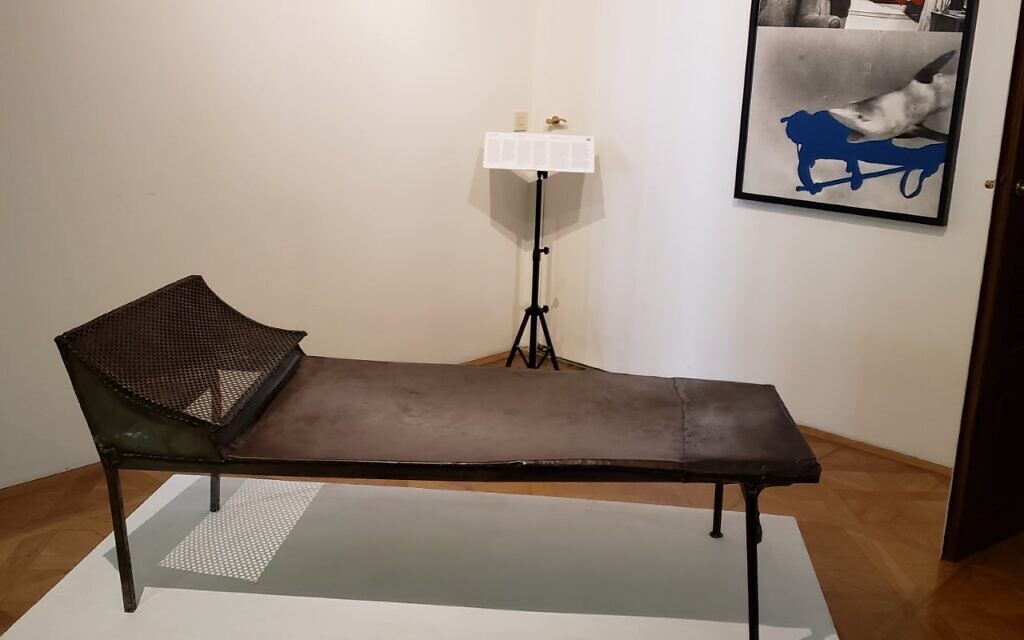
For example, in the room where Freud originally had his couch and patient sessions, there are three works of art: Haim Steinbach’s “AHA!” on one wall; on another wall, John Baldessari’s combined-source picture, “Study for a Red Intruder,” which evokes disruption; and in the room’s center, Franz West’s “Liège,” a sort of rough couch scaffold that adds enigma to the evocation of that room’s famous couch.
Another area is the newly-renovated stairway and corridor in the kitchen/exit area of Freud’s early practice that now commemorates Freud’s neighbors in the building, who were mostly Jews. The Nazis detained over 75 Jewish men and women at Berggasse 19 between the autumn of 1939 and the spring of 1942; Freud escaped to London in September 1938.
Imprinted on upper walls along this area are the detainees’ names, dates of birth, and fates during World War II. Most were murdered by the Nazis. Lower in the staircase are memorials to Freud’s neighbors including Viktor John, an insurance company director, and his wife Antoinette, who were both deported to Lodz, in Nazi-occupied Poland, where they were murdered.
“It was very important not only to speak of Freud and Anna Freud but to give the people names who lived there and died — and very few survived,” Pessler says.
The third remodeled area contains the upper rooms where Freud practiced and he and his family lived. The rooms have new display cases with original items and different landmark texts of Freud setting a theme for the room. For example, “The Interpretation of Dreams” is highlighted in his and his wife Martha’s former bedroom, which was not open to the public prior to the renovation. The display references that in that room Freud had most of the 50 dreams of his own that he mentions in the text.
Finally, on the upper level, there is a large common room for special exhibitions. Currently, it is featuring “Analysis Interminable, Schools of Thought After Freud,” which covers five schools of contemporary psychoanalysis with video interviews of practicing psychoanalysts.
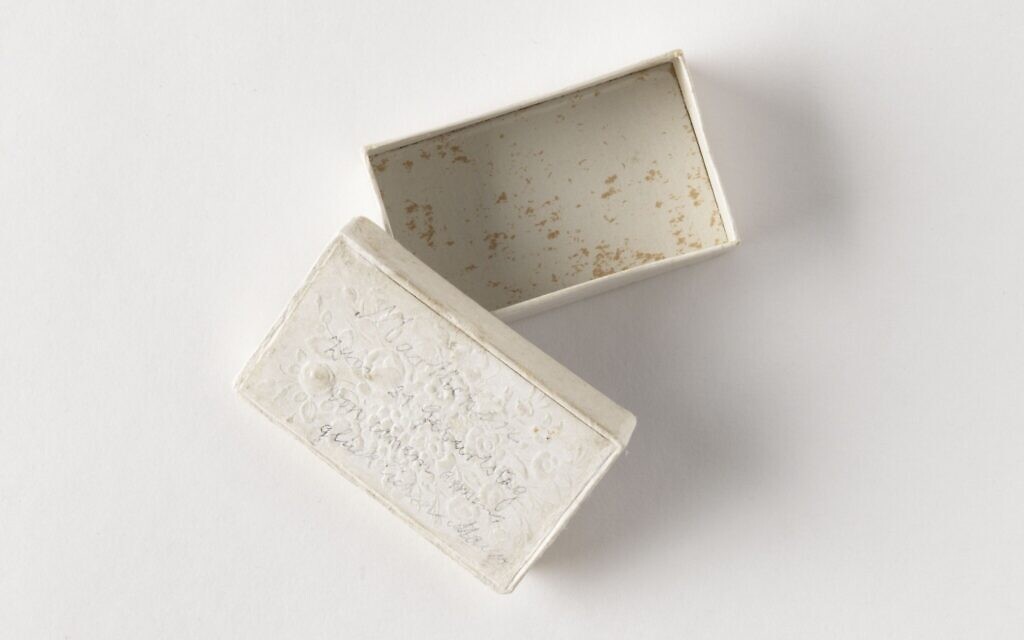
In one video Adelphi University psychology professor and psychoanalyst Kirkland C. Vaughans, co-editor of “The Psychology of Black Boys and Adolescents,” discusses the reality for his patients of intergenerational transmission of trauma caused by slavery and the deep psychic impact of racist structures and power relations, such as recurring police encounters.
“Psychoanalysts must in fact help patients understand the current cultural climate in which they are functioning and or which induces difficulties for them functioning,” Vaughans reflects. “I do think our culture needs to come in on the couch just as our patient does.”
Despite a few taxing and worrisome years, it was all worth it, Nömaier and Pessler say. Nömaier points out that they purposefully did not fill the museum with multimedia or reconstructed items.
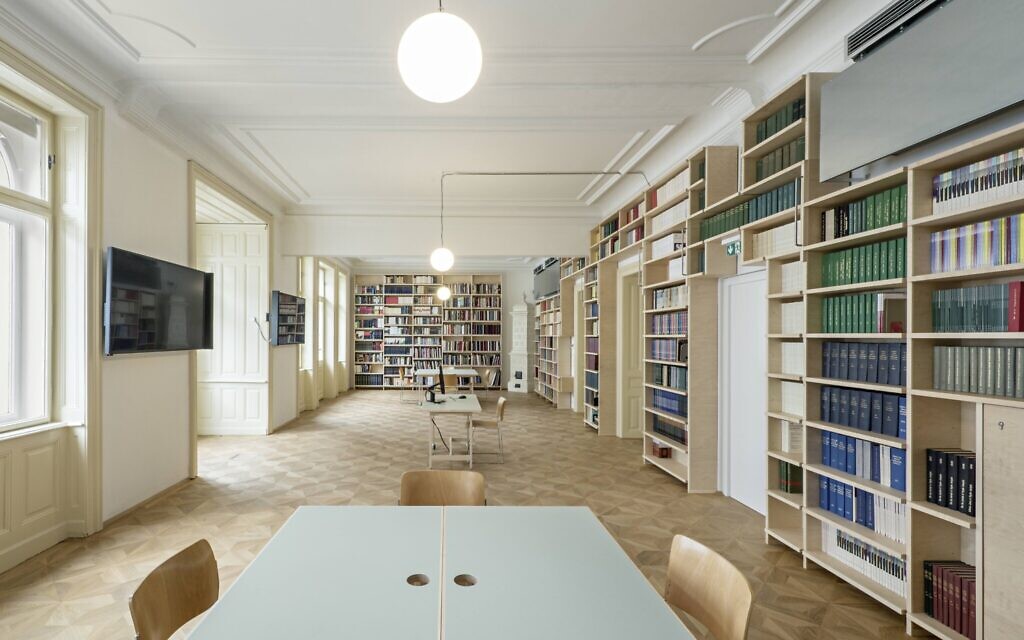
“It is about getting the feeling of the time and concentrating on the original and this unique space, and that is something I think that is really working,” he says.
Pessler is especially excited about the large number of young people between the ages of 20 and 30 that now come to the museum.
“This proves we are going in the right direction and points out that psychoanalysis is an instrument to find your position and way in this struggling world,” she says. “This is also the socio-political task of this place, this museum.”

